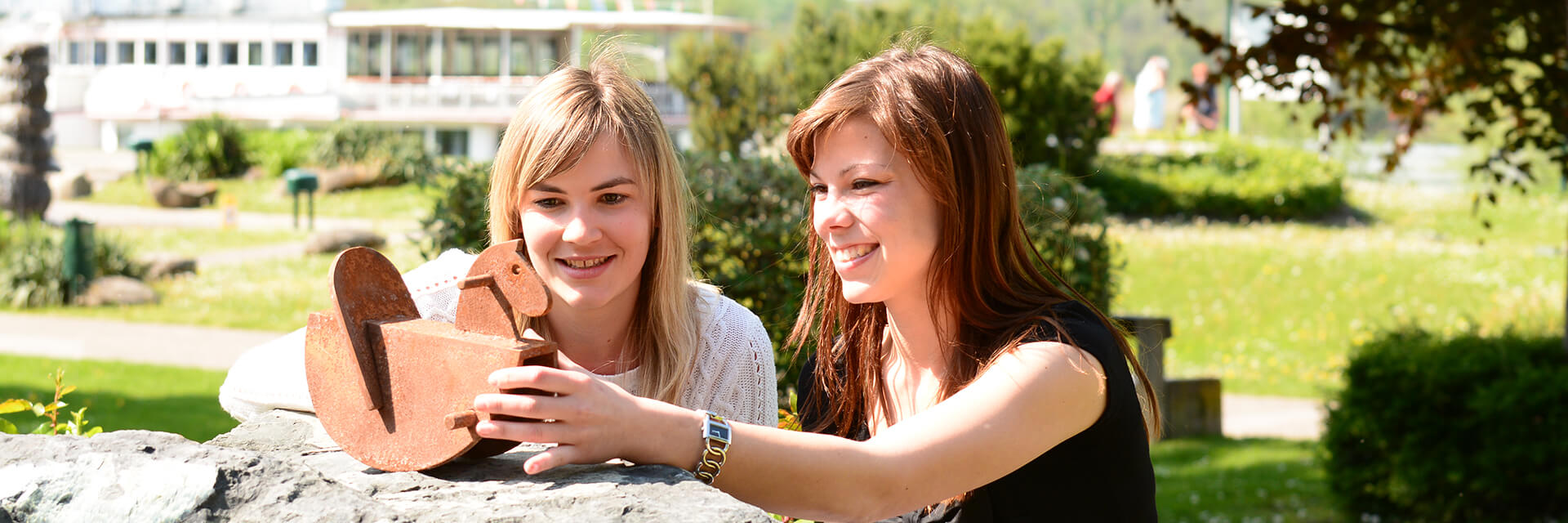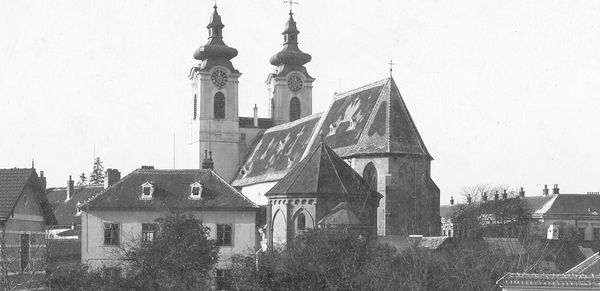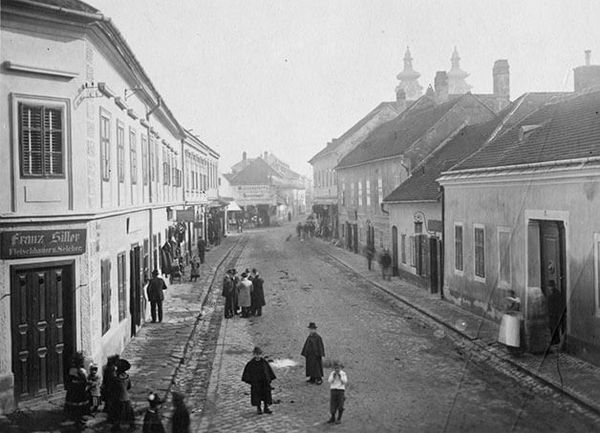Station V: Karner
Commemoration of the dead or: Egon and the mythical creatures
Here you can find out: Why the Tulln mortuary authorities exhumed the remains. What Egon saw in the Karner. How death and transience were brought to the screen. And what role dying played in Egon's life.
Start of themed circular route: Tulln main station
Distance: 3.6 km
Duration: approx. 90 min.
Difficulty: easy - barrier-free
Schiele Folder EN
Schiele Folder EN
Not many places in Europe are famous for their ossuaries. The late Romanesque charnel house in Tulln, built in the 13th century by order of the last Babenberg Duke Frederick II, is considered one of the most beautiful and important of its kind. The two-storey tower with its striking pyramid roof rises into the sky on an eleven-sided ground plan. But inside it is round. And the upper floor, the former cemetery chapel, is decorated with numerous paintings. The Last Judgement can be seen here, the adoration of Christ by the Magi and virgins being led to hell by the devil. But also dragons, demons and mythical creatures. An eerie world that casts a spell over Egon.
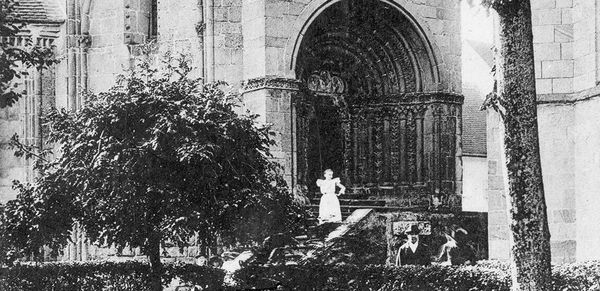
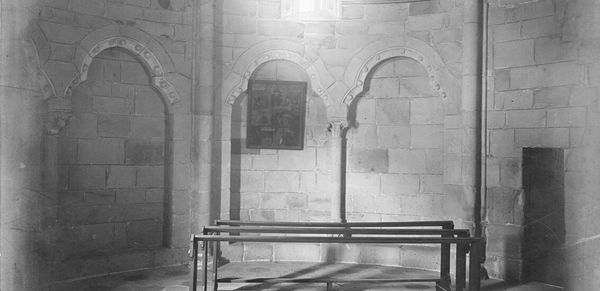
In the face of death.
The basement is, of course, even more eerie. Until the end of the 18th century, it served as an ossuary for the exhumed dead. This is because there is no more room for new graves in the old cemetery around the parish church. So the bones are reburied in the charnel house and stacked there. Death is omnipresent here. Just like in Egon's life. First he loses his older sister Elvira. He was still a toddler when she died of meningitis. Then his father falls ill with syphilis. And Egon experiences the decline of the imposing, respectable man: memory loss, personality changes, hallucinations. In the end, the fourteen-year-old sits quietly in a corner of the death chamber where Adolf Schiele is laid out in his gala uniform.
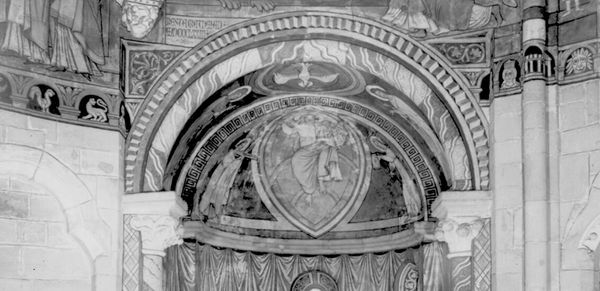
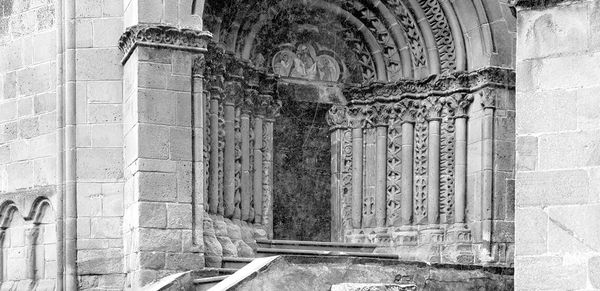
[Translate to English:]
Allegory of life.
It was the cycle of becoming and passing away, a father’s death as a son’s trauma. Just a few years later Egon painted allegories of life and death. Death and the ephemeral nature of life became a central motif in his imagery: wilted flowers, naked branches, trees bent low by the wind. But he also painted sunflowers in glorious bloom as a metaphoric depiction of human beings. There was a measure of joy mixed in with all the sadness he felt for his loved ones. And there was his wish to be taken seriously as a visionary artist.
![[Translate to English:] Spätromanischer Karner, um 1875 [Translate to English:] Spätromanischer Karner, um 1875](/fileadmin/_processed_/a/7/csm_5_Karner_img292_628px_komp.jpg_fd2c5564d9.jpg)
[Translate to English:] Late Romanesque charnel house, ca. 1875
General plan
